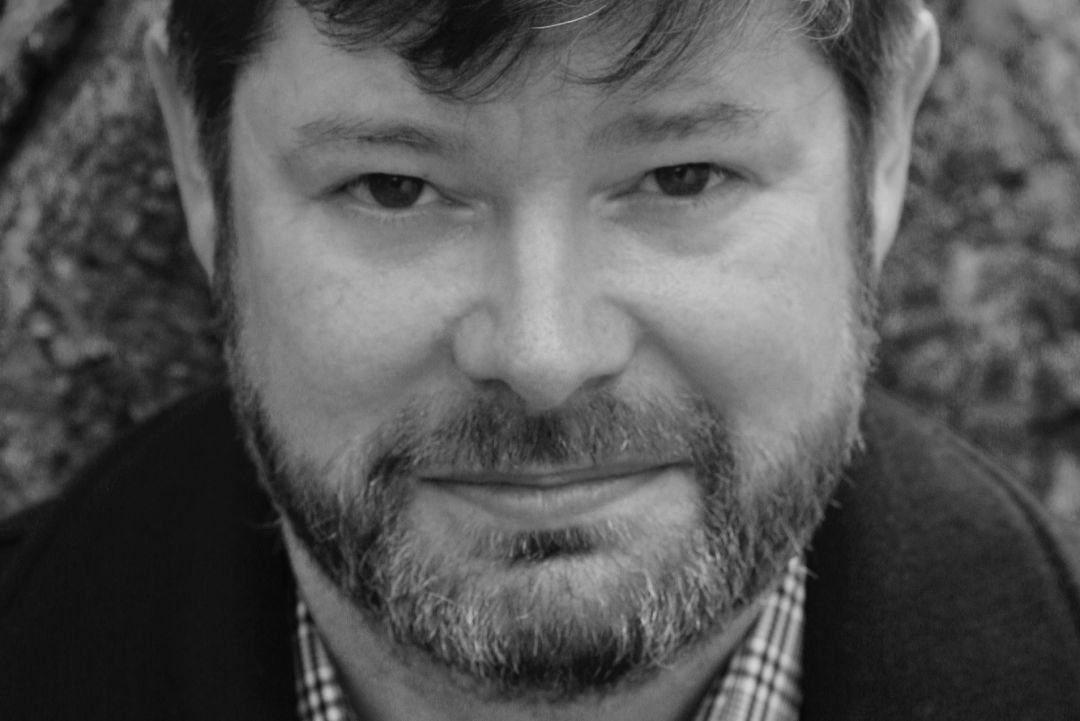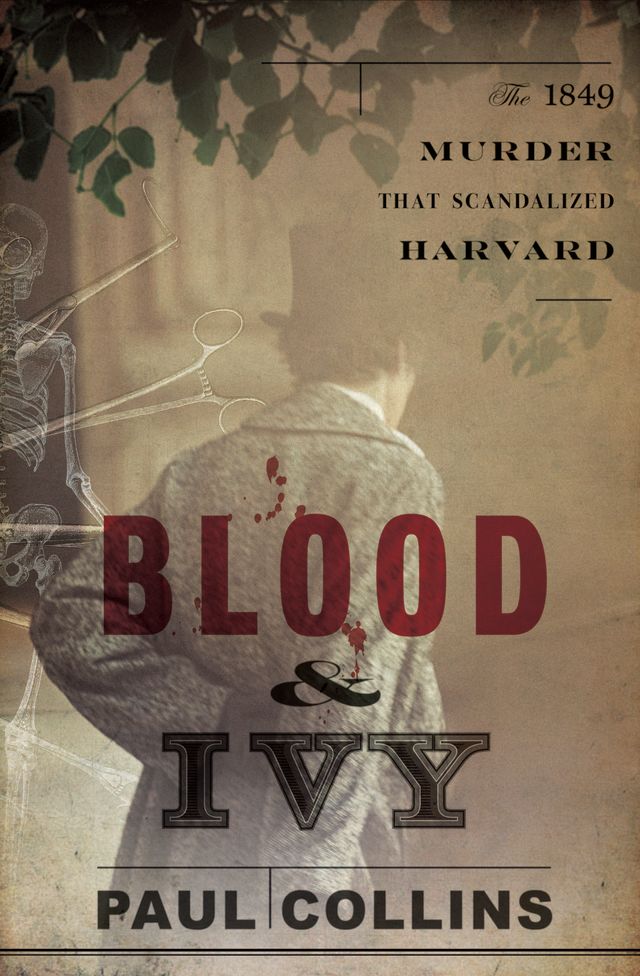A Portland Writer Tracks a Grisly 1849 Murder

Image: Paul Collins
Paul Collins has a reputation for diving into the scandalous and esoteric. The chair of Portland State University's English department has written about rock music (as in, music made by banging rocks), a Victorian sex-ed manual with a monkey protagonist, and an 1875 novel whose main characters, coincidentally enough, are rivals named Trump and Clinton.
Now, Collins publishes his tenth book, Blood & Ivy: The 1849 Murder That Scandalized Harvard. The nonfiction work chronicles the murder of a prominent, wealthy doctor named George Parkman, whose body was found dismembered in a Harvard Medical School lab in 1849. Another well-connected doctor, John White Webster, was tried and eventually convicted of the crime—one of the 19th century's most infamous.
We caught up with Collins about his new book, and about how his research led to fresh discoveries in the nearly 170-year-old case.

What sparked your interest in this story?
It started the way most of my books start, which is that I look up something and discover there isn’t a book on it, and I get irritated. Why isn’t there a book on this? And then I go, “Oh! I can write the book on it!” This one actually isn’t as obscure as some of my other topics. This one was really famous at the time, and it’s been written about since, but not as a full length narrative for almost 50 years. What made me think of this was teaching a summer course in Victorian detective literature. When I taught The Mystery of Edwin Drood, I referred to it because Charles Dickens was really interested in this case. When he came to Boston he wanted to look at the scene of the crime. His projected ending for Edwin Drood (he died before finishing it) was based on this case, on finding forensic evidence. Not finding an identifiable body, but enough forensic evidence to identify who the person was.
So how did you go from interest in the subject to a book?
It’s usually a couple of things. First, so long has to have passed since anyone wrote a book that it’s possible to do something new. Then, I start digging around, in archives and newspapers from the time, letters and journals. If there’s a lot of stuff that others haven’t found, and if the story makes for a good narrative—when I find all those things then I know I have a book. This had all those things. I started finding stuff that people hadn’t found before, and that made it exciting.
What did you find during your research that others missed?
The advent of computers and computer databases is such a huge difference that it means you can really get a different feel for the subject than people were able to previously. I was able to dive much, much deeper into the newspapers. I discovered lots of weird details; I don’t know how someone could have found those things before.
Did you find anything in your research that totally surprised you?
I found evidence of Professor Webster trying to frame the janitor at Harvard Medical School. That was a big deal. There were notes he made to his defense team and what I found were some letters from an in-law who writes about him trying to tamper with evidence. She talks about him trying to get someone to alter a door to make it look like someone had broken into the lab. I found in his notes, him repeatedly trying to get his defense team to look at this door. These are two totally separate lines of evidence. Those two things together made it very clear he was trying to frame the janitor. That was a real surprise. And I found a picture of Webster! This is the first publication of a picture of him.
How did you find it?
That was luck. It was in—of all places, you wouldn’t even think to look there, but I looked anyway and I don’t know why—a Keats collection. He had been an acquaintance of Keats. There’s this guy who, in the '20s and '30s and '40s, had this monomaniacal collection of anything related to Keats, and then he gave it to Harvard. There is a photograph of Webster in there solely because he’s someone who knew Keats. It’s funny because occasionally I would come across references in newspapers to a photo of Webster, but nobody had been able to find it. I was the first person to look at his face in I don’t know how long, and to look at it and actually know what I was looking at!
Paul Collins
7:30 p.m. Mon, Aug 6, Powell's City of Books, FREE




